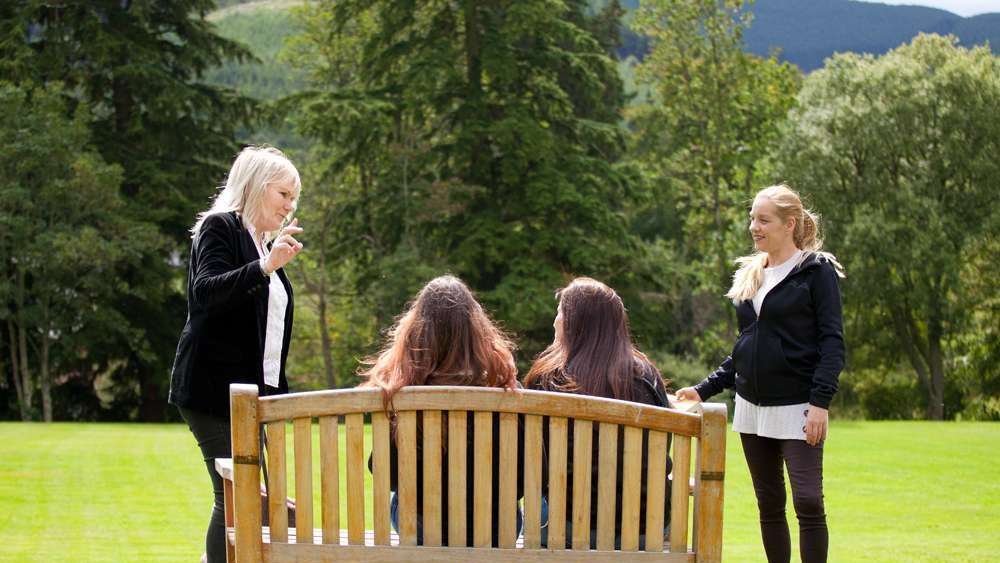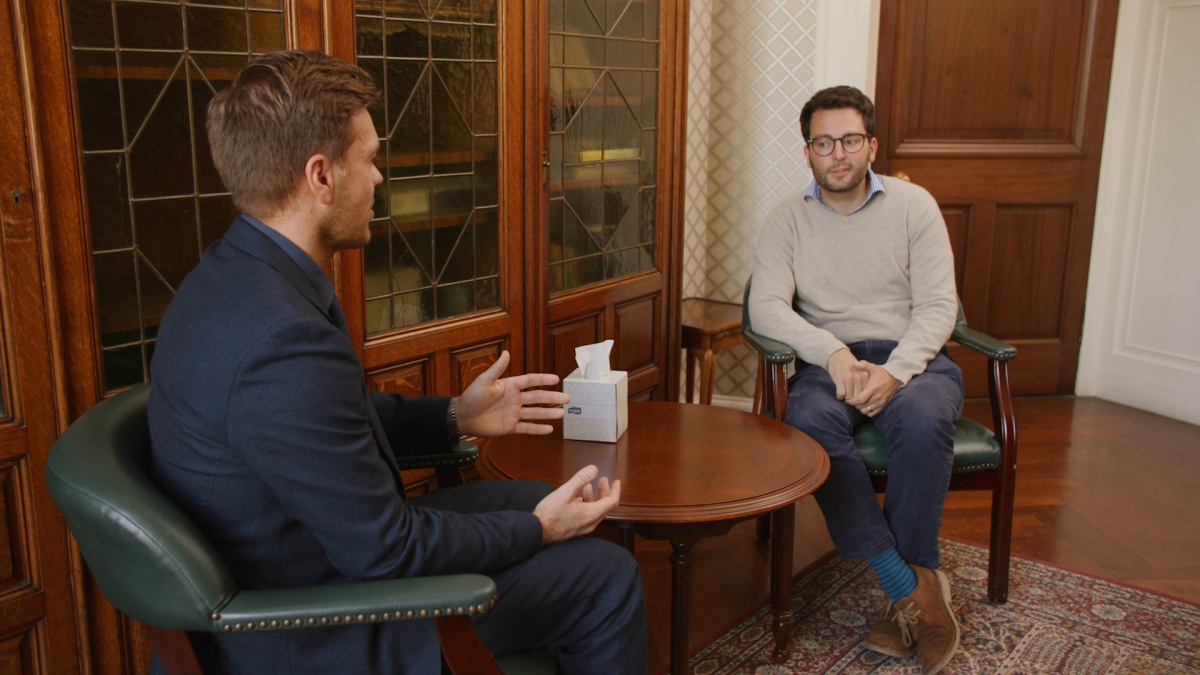Introduction to the Cycle of Addiction
Imagine you’re caught in a whirlwind, where each gust represents a stage in the addiction cycle: whether it’s drug or alcohol use, it often starts with experimentation, spirals into regular use, escalates to risky use, and finally, you’re trapped in the eye of the storm – addiction.
It’s a daunting reality, but it’s crucial to understand that chronic illnesses like addiction, whether stemming from substance misuse or co-occurring disorders, aren’t an overnight phenomenon. It’s a progressive cycle, often triggered by emotional, environmental, or psychological factors.
Recognising these addiction triggers can be the first step toward developing recovery strategies.
As you navigate through this storm, remember that you’re not alone. There’s a community of people out there, just like you, trying their best to break free from the cycle of addiction.
By understanding the cycle of addiction, you’re equipped with the tools to identify the signs and patterns of substance misuse. This isn’t just about awareness; it’s about empowering yourself in the face of a seemingly insurmountable challenge. Breaking the cycle is possible, and there’s a whole community ready to support you in this journey. You’re not just a bystander in this fight; you’re an active participant with the power to change the narrative.

Download Our Brochure
What is the Cycle of Addiction?
Understanding this seemingly ceaseless spiral of dependency involves delving into the intricate phases that trap so many people in a relentless loop of escalating craving, harmful indulgence, and recurring relapse.
The cycle of addiction primarily consists of five stages: initial use, misuse, abuse, dependence, and addiction. Each stage is characterised by specific tell-tale signs with addiction triggers playing a pivotal role throughout the process. Triggers can range from people, places, or even emotions that remind an individual of drug use, leading to an intense urge to consume the drug. This is where misuse turns into abuse, coupled with a growing co-dependency impact, which can be profoundly damaging, both physically and emotionally.
Withdrawal symptoms are a significant part of the addiction cycle, and they can be incredibly debilitating for those trying to break free from substance misuse. These symptoms can include anxiety, restlessness, and severe cravings, which make it difficult for an individual to abstain from the substance. Additionally, the body and mind’s dependency on the substance often creates a state of denial, making it harder for an individual to acknowledge their addiction.
The final stage of the cycle – addiction – is marked by a loss of control, compulsive use, and continued use despite harmful consequences. But remember, relapse prevention is possible, and it’s a crucial part of the recovery process. Understanding and identifying each stage is critical for effective relapse prevention, and breaking free from the cycle of addiction is possible, with the right help and support.
What are the 3 Stages of the Addiction Cycle?
The addiction cycle typically consists of three main stages:
1. The Binge/Intoxication Stage
This is the initial stage of addiction, characterised by the consumption of the addictive substance or engagement in the addictive behaviour. During this stage, individuals experience a pleasurable or rewarding effect, which reinforces the desire to continue using the substance or engaging in the behaviour. This can lead to increased consumption or engagement, often driven by the pursuit of the euphoric or pleasurable feelings associated with the substance or behaviour.
2. The Withdrawal/Negative Affect Stage
As the body becomes accustomed to the addictive substance or behaviour, tolerance develops, and the individual may require larger amounts of the substance or more frequent engagement in the behaviour to achieve the same pleasurable effects. At this stage, when the substance or behaviour is not available or its effects wear off, individuals often experience withdrawal symptoms and negative emotions such as anxiety, irritability, and discomfort. The fear of experiencing these negative feelings can drive the individual to continue using the substance or engaging in the behaviour, even when they are aware of its negative consequences.
3. The Preoccupation/Anticipation Stage
In this stage, individuals become preoccupied with thoughts of obtaining the addictive substance or engaging in the addictive behaviour. Cravings and obsessive thinking about the substance or behaviour become common. This preoccupation can lead to impulsive and compulsive behaviours aimed at satisfying the cravings, often overriding rational decision-making and consideration of the negative consequences. This stage can create a cycle of desire, pursuit, consumption, and negative aftermath, perpetuating the addictive behaviour.
It’s important to note that the addiction cycle is a complex and individualised process, and not everyone progresses through these stages in the same way or at the same pace. Additionally, some models of addiction may include additional stages or variations of these stages to capture the nuances of different types of addiction and individual experiences.
How to Break The Cycle of Addiction
Breaking free from the relentless grip of substance dependency may feel like an uphill battle, but it’s definitely a fight you can win.
It’s crucial to understand that breaking the addiction cycle often involves more than just willpower; it requires a combination of relapse prevention strategies, behavioural modifications, and the support of a strong network. There are many risk factors that increase a person’s likelihood of developing an addiction, which is why abstinence alone isn’t enough. Addiction is a chronic brain disease that requires intensive psychological therapy, ideally at a residential rehab clinic.
The detoxification process, often the first step, can be physically challenging, but it’s a necessary part of purging the body of harmful substances. However, detox alone isn’t enough—it only addresses the physical aspects of addiction.
For a holistic approach, therapies that address mental and emotional health are vital. Holistic therapies can help you deal with the underlying issues that may be contributing to your addiction, helping you to heal from the inside out. These therapies can include practices like yoga, meditation, acupuncture, and more.
A 2021 study on the effectiveness of CBT for substance use disorders found that therapy modifications, such as cognitive behavioural therapy can help you identify and change harmful thought patterns and behaviours that lead to substance use.
Relapse prevention techniques, such as developing coping mechanisms for stress and triggers, are also critical for long-term recovery. substance use disorders
Finally, don’t underestimate the power of a strong support system. Connecting with others who understand your struggle can provide a sense of belonging and the encouragement needed to stay the course.
Remember, breaking the cycle of addiction is a journey, not a sprint—it requires time, patience, and a lot of self-love.

Treating Addiction Since 1988
The 12 Steps
The 12 Steps, originally outlined by Alcoholics Anonymous (AA), have been adapted and utilised by many other recovery groups to address various addictions and compulsive behaviours. The steps provide a structured path to recovery and spiritual growth. Here’s how they can help break the cycle of addiction:
Admission of Powerlessness: The first step involves admitting that you are powerless over your addiction and that your life has become unmanageable. This is crucial for breaking the cycle, as denial is often a significant barrier to recovery.
Belief in a Higher Power: Steps two and three encourage the belief in a power greater than oneself. This can be a religious entity, the AA group itself, or any other power that a person finds meaningful. This step is meant to help you realise that you don’t have to fight addiction alone.
Inventory and Self-reflection: Steps four and five involve taking a thorough moral inventory of oneself and then admitting wrongs. By acknowledging past mistakes and understanding your roots, it becomes easier to avoid repeating them.
Ready for Change: In step six, you should become entirely ready to have your defects of character removed. In step seven, you will be asking your higher power to remove these shortcomings.
Making Amends: Steps eight and nine involve listing those harmed and then making direct amends, except when doing so would injure them or others. This process helps heal past wounds and rebuild broken relationships, which can be a source of strength in recovery.
Continued Self-reflection: Step ten involves continuing to take personal inventory and admitting wrongs promptly. This ongoing reflection can help prevent slipping back into old habits.
Meditation and Prayer: In step eleven, you seek to improve your conscious contact with your higher power, as you understand it, often through meditation and prayer. This spiritual connection can offer solace, guidance, and strength.
Carrying the Message: The twelfth step involves carrying the message of recovery to others and practising these principles in all of one’s affairs. By helping others, you reinforce your own commitment to sobriety and often find a renewed sense of purpose.
Furthermore, 12-step programmes usually involve fellowship, regular meetings, sponsorship (more experienced members guiding newer ones), and an emphasis on anonymity. This creates a supportive community where you can share experiences, strength, and hope, which can be crucial for sustained recovery and can ultimately help people break the cycle of addiction.

Help For Addiction From Castle Craig
At Castle Craig, our approach to addiction treatment involves a comprehensive treatment programme, which includes a medically supervised detoxification process, combined with various types of addiction therapies, such as individual therapy, group sessions, family therapy, and continued care programmes. Our mission is not only to help you break free from addiction but also to equip you with the tools to maintain sobriety and lead a fulfilling life thereafter.
- Therapeutic Community: At Castle Craig, you’re not just a patient; you’re part of a supportive and nurturing community. This community is built on mutual respect, understanding, and shared experiences, fostering an environment where you’re never alone in your healing journey.
- Detoxification Process: Under the careful supervision of experienced medical professionals, Castle Craig ensures a safe and effective detoxification process. This crucial first step in recovery helps rid your body of harmful substances, preparing you for the therapeutic stages of treatment.
- Family Involvement: Recognising that addiction affects more than just the individual, Castle Craig encourages family involvement in the recovery process. We provide education and support to family members, helping you rebuild relationships and foster a supportive home environment.
- Aftercare Planning: Castle Craig is committed to your long-term recovery. Our comprehensive aftercare planning ensures you’re equipped with strategies to manage potential triggers and prevent relapse, fostering a lasting recovery and a healthier future.
A Cycle of Addiction FAQ
What Role Does Tolerance Play in the Cycle of Addiction?
Tolerance plays a significant role in the cycle of addiction, contributing to the progression and maintenance of addictive behaviours, whether you’re suffering from a severe substance use disorder or problematic behaviours.
Tolerance refers to the body’s or brain’s reduced response to the effects of a substance after repeated or prolonged use. As tolerance develops, individuals require higher doses of the substance to achieve the same desired effects they initially experienced.
What Is the Alcohol Addiction Treatment Process?
The treatment process for alcohol addiction typically involves a combination of medical, psychological, and social interventions aimed at helping individuals overcome their dependence on alcohol and achieve and maintain sobriety. The process can vary based on individual needs, the severity of the addiction, and the chosen treatment approach.
How Does the Cycle of Addiction Contribute to Relapse?
Relapse occurs when someone returns to drinking or drug use after trying to quit. The cycle of addiction, combined with triggers (like stress, environmental cues, or exposure to the substance), can make relapse more likely. Moreover, the brain changes associated with addiction, particularly in areas related to judgment, decision-making, learning, behaviour control and the brain’s reward system can make resisting cravings and avoiding relapse challenging.
What Are the Available Treatment Options for Breaking the Cycle of Addiction?
Your addiction treatment options are based on the treatment route you decide to take. Addiction often requires a comprehensive, multifaceted approach which involves a combination of detox and psychological therapy. Depending on the severity of your addiction, options include residential rehab, outpatient rehab, addiction counselling, support groups, and free addiction services.
References
- The neurocircuitry of addiction: An overview
- The Effectiveness of Cognitive Behavioral Therapy Techniques for the Treatment of Substance Use Disorders
- Spirituality and the 12 Steps of Substance Misuse Recovery
Experts You Can Trust
With a wealth of knowledge and services to help you regain control of your life, request a call-back from one of our professionals today. The choice you make today could change your life forever.

